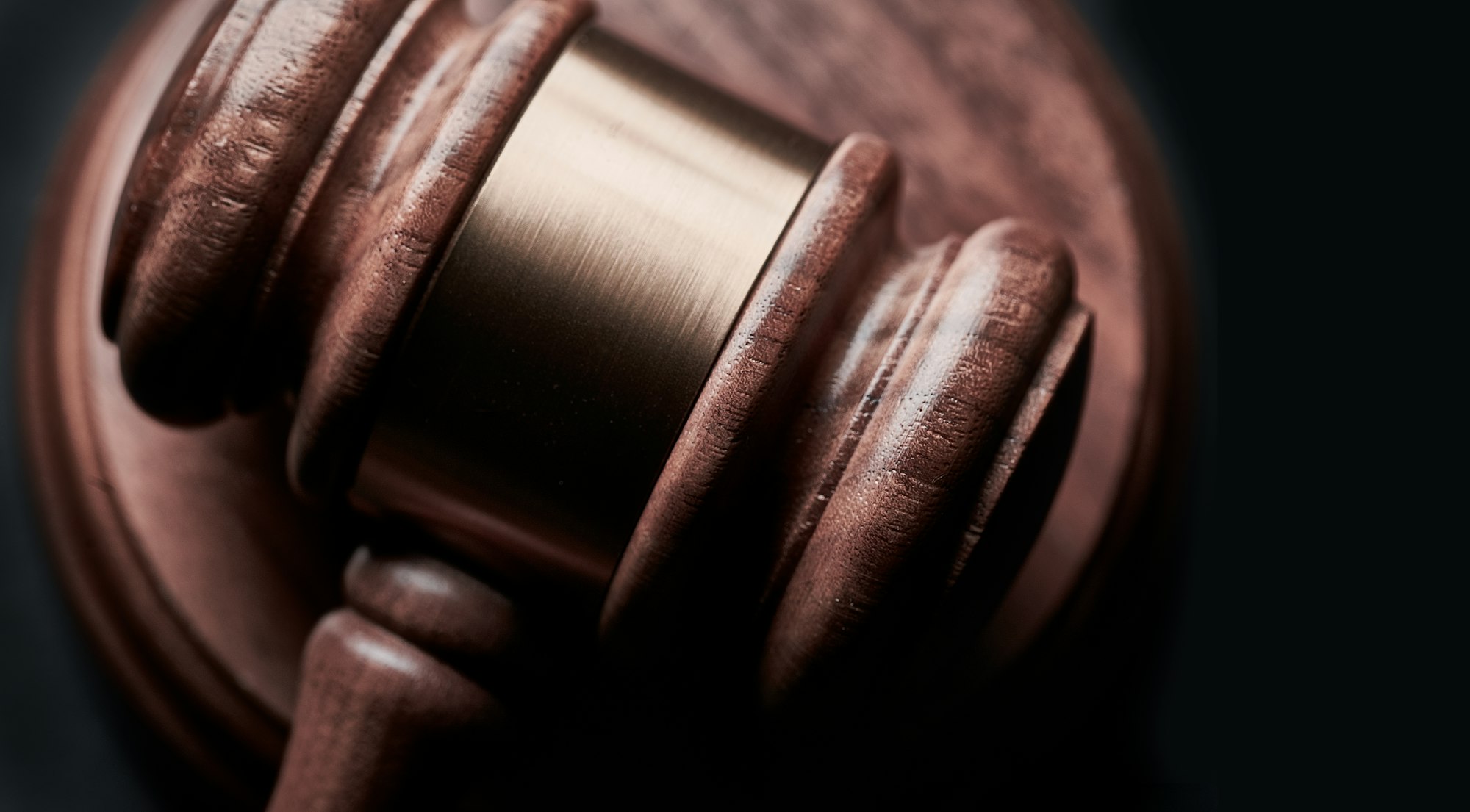There are multiple platforms where people can stream live video, however there are some issues with enforcing laws in multiple jurisdictions and differing policies. As an example, organizing a festival, event or a DJ gig, all require licenses and payments in Finland for publicly performing music. The money is then distributed to the artists etc.
This can be come a problem when you use a globally available service that is based in a different jurisdiction. As an example, YouTube has a very aggressive system in place to enforce copyrights on their platform. There is even a claim that content was preemptively removed. This means that any broadcast of copyrighted material is quickly detected and users are sanctioned or banned. This can be problematic if you try to host a local event online and even when you have paid your dues to local authorities. This is odd because the local authority claims to have a deal (FI link) with major platforms like YouTube, that would cover people in Finland webcasting legally. It seems local systems do not work well with online platforms to verify which events are legal or illegal. Another more general issue is that the rules can be used in bad faith to take down content or distort competition.
Much of this dynamic has to do with the US legal system, but anyway, there is a pretty good article explaining the dynamics of legal issues on online video platforms here. So there are real problems with enforcing differing rules, automated systems making errors, and even extortion by bad actors.
A lot of the examples are about YouTube, this is likely in part because it is the largest platform. I have read about similar things happening on other platforms, like Twitch for example.

Other than strictly legal issues are the so called community guidelines or policies, which often enforce rules based on less legal and more moral viewpoints or cultural weirdness. A good example is how Twitch's ban on certain racial slurs has caused a counter culture of people trying to troll streamers by saying the banned words to cause their videos to be taken down. So someone in a game or in the audience and say a forbidden word, regardless of context and the video will be taken down or the user can be banned for a period of time. This kind of value enforcement can be very stressful and hurt the livelihood of professional streamers, who are not doing anything wrong. Remember, context does not really matter and anyone on the video qualifies. The system has made streaming quite weird, very stressful for the streamers and quite likely greatly increased the use of the least liked words and worst racial slurs. Which is really stupid, and logical if you think about it.
So there is real risk that even legal streams can be taken down by mistakes or any troll submitting a claim. I have also heard of artists being banned for playing their own music, understandably a difficult exception and there may be millions of people trying to illegally play copyrighted content, but also there are a few who have that right and should not need to ask for permission to use their own content.
The risk for stream or video take-down seems to be abnormally high and community rules can be hard to understand globally. I was inspired to write this because there was a channel take-down case while testing my own platform and we had to move the whole audience to different servers, luckily we had a place to go.
This stream was free and the right to stream is covered by existing licenses and current exceptional amendments to existing rules.
So if you are planning a professional event, consider using professional services for live streaming to avoid some of the risks.
I also write about live streaming service and server design.
Update: National Geographic used public domain footage form NASA and the automated system then took down the original NASA footage for having parts of the copyrighted National Geographic content.
Sources:
- https://www.technologynetworks.com/tn/news/researchers-have-discovered-a-strong-correlation-between-severe-vitamin-d-deficiency-and-mortality-334567
- https://www.eff.org/issues/intellectual-property/guide-to-youtube-removals
- https://www.eff.org/takedowns/mistake-so-bad-even-youtube-says-its-copyright-bot-really-blew-it
- https://www.theverge.com/2019/2/11/18220032/youtube-copystrike-blackmail-three-strikes-copyright-violation
- https://www.dummies.com/business/marketing/social-media-marketing/10-things-to-know-about-copyright-and-youtube/
- https://www.polygon.com/2018/6/22/17494198/twitch-bans-dmca-copyright-keemstar-friday-fortnite-league-overwatch
- https://www.bbc.com/news/technology-47227937
- https://arstechnica.com/tech-policy/2020/06/false-natgeo-copyright-claim-took-nasas-launch-video-down-this-weekend/
- https://kotaku.com/after-massive-dmca-takedown-twitch-streamers-are-delet-1843954430
